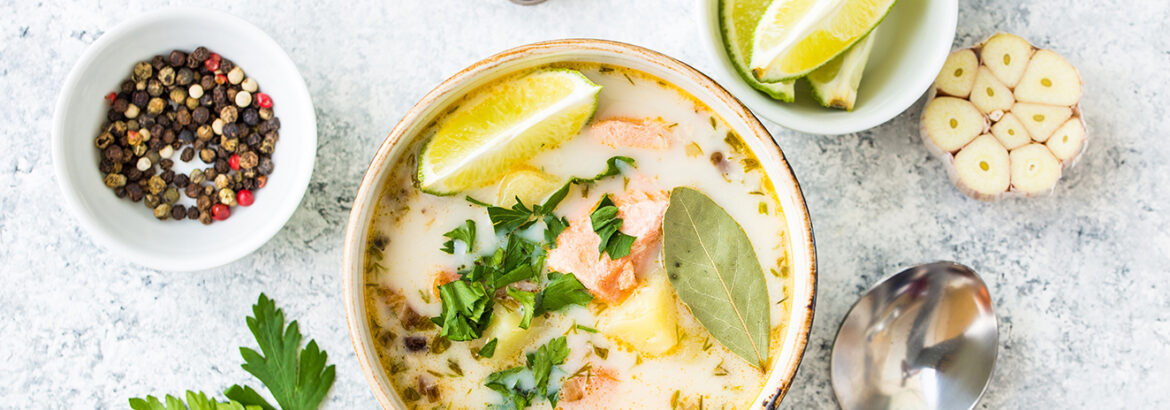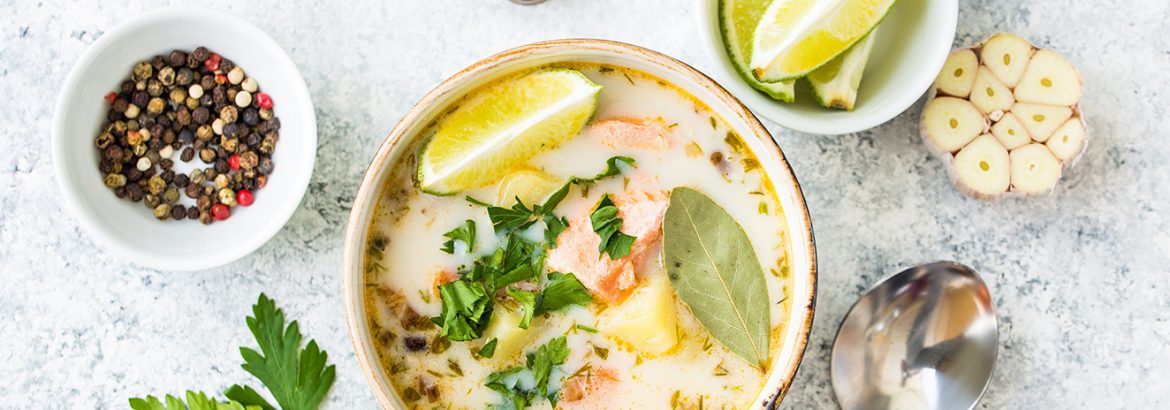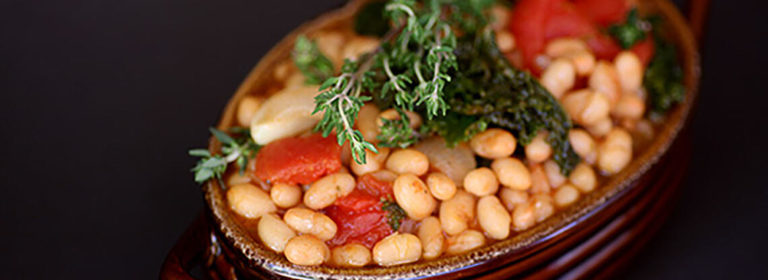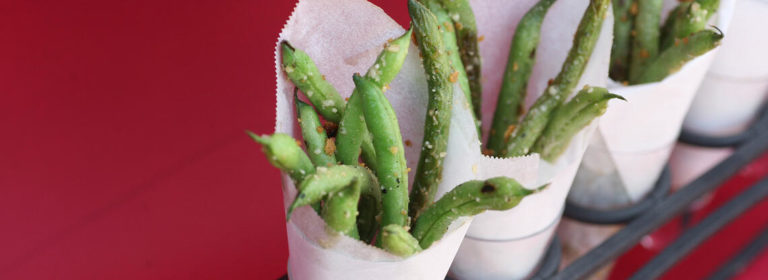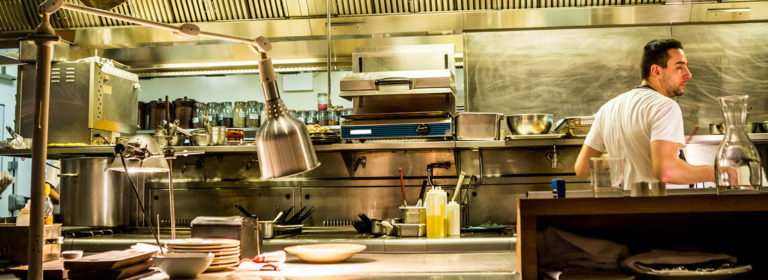FAMILIAR YET NEW!
Traditional European menus were all about order and structure with rare deviations from a set of strict rules. Today, the cuisines of France, Italy, Spain, and Greece have been broadened by global influences and ingredients from Asia, Africa, the Americas, and plant-based alternatives creating delicious mashups that are less formal and social media-friendly.
- Chefs are boosting French soups and stews like seafood-rich bouillabaisse with Thai flavors such as coconut milk, red curry, lemongrass, and cilantro. Beef bourguignon remains nostalgic yet new with the additions of Korean gochujang paste andfresh ginger.
- Wafu—or Japanese style—pasta combines Italian spaghetti noodles with ingredients such as nori, spicy fish roe, miso butter, broccolini, and Shiitake mushrooms.
Meat-heavy Euro dishes have been updated to use proteins as condiments or perhaps not at all—making fresh vegetables the focus. - African and Middle Eastern spice blends such as ras el hanout, berbere, suya, za’atar, and harissa can update the flavor profile dishes like Greek spanakopita and Spanish patatas bravas.
